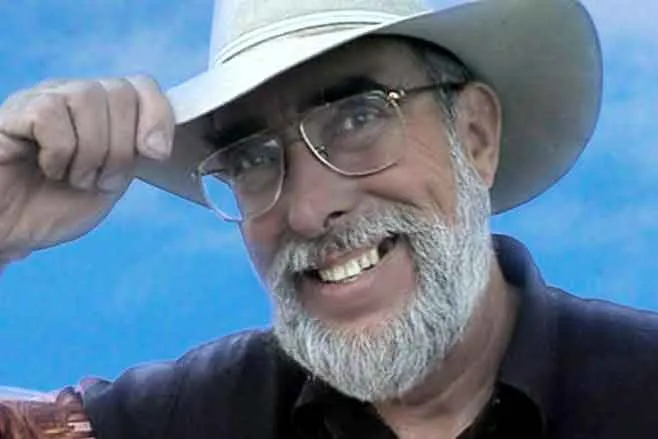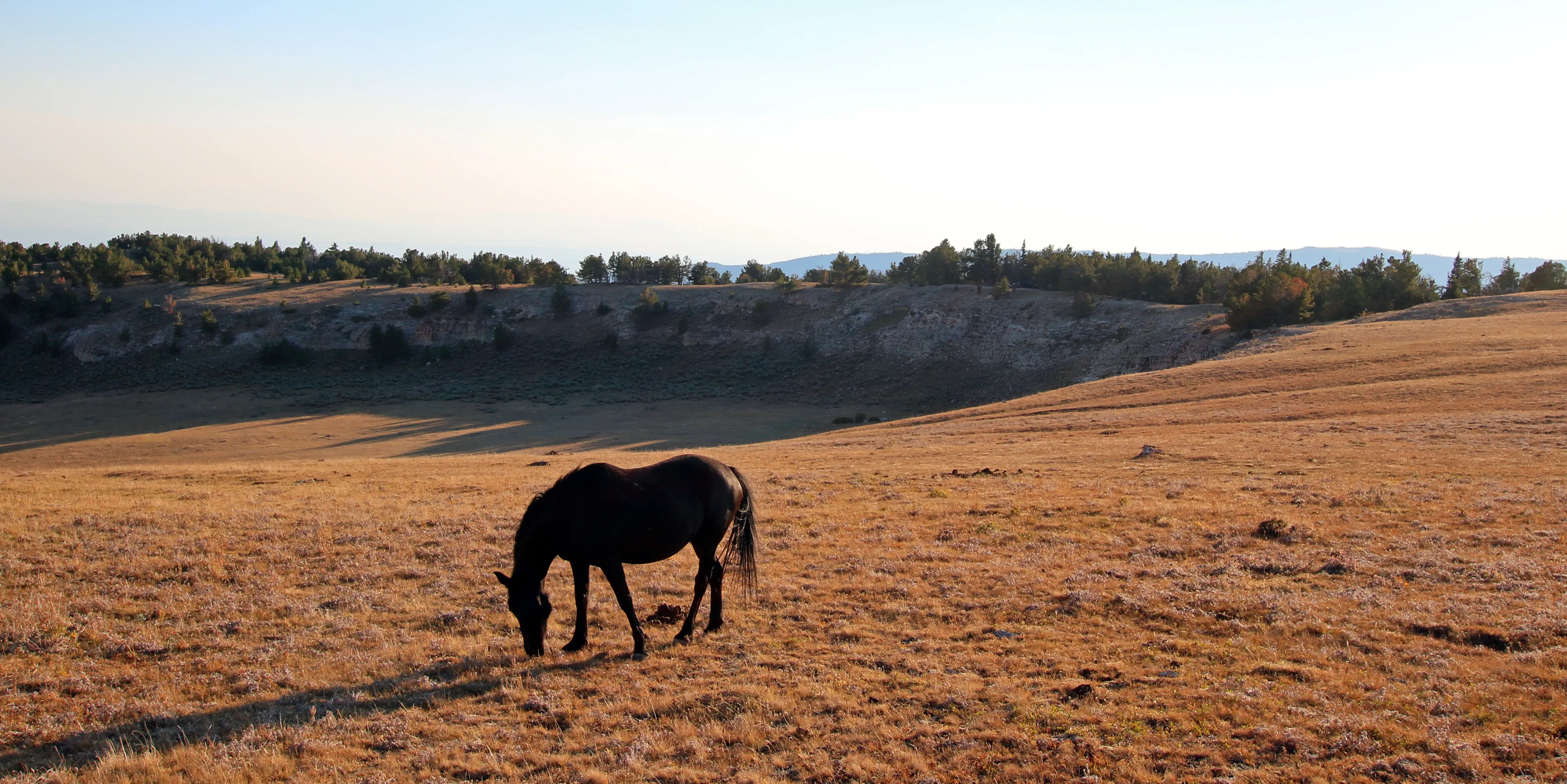
Historic restoration called more sustainable than new construction
(Wyoming News Service) A changing climate is prompting many developers to consider how their work can be more sustainable, and how they can produce housing, retail and office space in ways which can meet the needs of the present without compromising the ability of future generations to meet their own needs.
Anthony Denzer, architectural engineer at the University of Wyoming, said in virtually all cases, the greenest building is the one that already exists.
"Which means that almost always if you can reuse an existing building rather than building new construction, you're going to have a lower kind of environmental footprint," Denzer pointed out.
Concrete, bricks and steel all come with a lot of what is called embodied energy, which Denzer explained as the energy needed to mine raw materials, refine them and bring them to job sites. Adapting buildings with such materials already in place immediately reduces a project's carbon footprint.
New construction typically happens on the edge of towns, which Denzer noted requires additional energy to build out roads, utilities and other infrastructure which already exist closer to main street.
Wyoming towns prioritizing the preservation of older buildings have seen positive economic impacts. Denzer emphasized historic buildings tend to draw tourists who spend money at bed-and-breakfasts, restaurants and gas stations. And the work required for renovating older buildings puts money into the pockets of local carpenters, plumbers and electricians.
"Studies have shown that adaptive reuse generates more jobs and more economic activity, compared with new construction," Denzer reported. "And they're local jobs."
Denzer added almost every community in Wyoming has at least one building, perhaps an old school or an industrial space, with potential. He pointed to the former Union Pacific Roundhouse in Evanston as one example. After sitting dormant for decades, the site where trains were once parked and serviced has been transformed into a convention center and the town's City Hall.
"Just a jewel of a building," Denzer remarked. "Really impressive old brick construction, with beautiful details. The kind of building, again, a community doesn't want to lose. Because it would be losing part of its history."

















